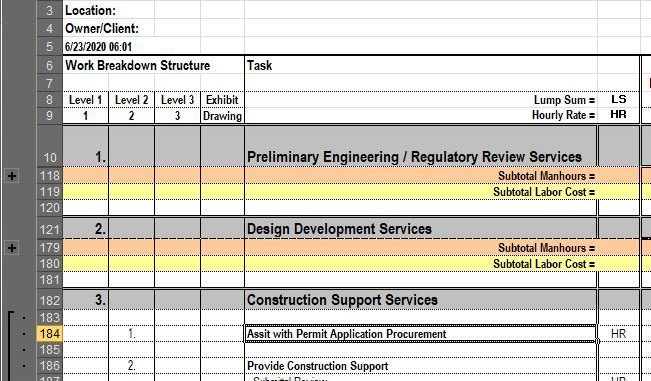
In my article on the tactics for tracking open project issues I discussed some ways that construction engineers always have systems on-board to navigate the multitude of problems, issues, emails & tasks that need to be accomplished.
Having a list is the first step in getting yourself, your team and your project under control. With that list, you now need to get things done.
Plan, Prioritize & Execute
Without a doubt, one of the most-crucial tactical skills all PM’s must have is charting the project’s course from start to finish.
The planning phase of any project is the most-crucial time of the job. This is the time where you build the project in your mind before a shovel hits the ground.
How you to choose to attack this is an exercise in your creativity: How do you think about organizing tasks? Are you a list maker? Bullet points? Do you like to see tasks in outline form? Does organizing elements in a time reference method (like a schedule or bar chart) work? Or does your brain work organically like using mind mapping, or Post-Its on a white board?
Because the organization & planning start-up of the project is a creative process, how you implement getting the mission organized is truly up to you. But, at the end of the day, you MUST be able to roll your plan out to your crew.
–It must be organized,
–It must chart the mission’s course,
–It must be understandable by everyone on your team,
And most important:
–It must be simple.
How Do You Start Planning a Mission?
I think the best way to answer that simple question that requires a multitude of answers can be addressed with more questions intended to stimulate YOUR thoughts on the mission you are embarking on:
–What is the overall COMMANDER’S INTENT of the assignment? How are you conveying the overall context of the actions you plan to execute to complete the project?
–How are you rolling-out your PLANNING BRIEF to your team? What format(s) will you use? What level of detail will you provide?
–How are you planning to ANALYZE the resources, time, task status & financial aspects of the assignment? How will you track their progress IN REAL TIME?
How do I do it? I’ve used several different methods of task generation & organization. Let’s take a look at a couple of them.
MindMapping
If you read my previous article on Organizing a Plan Review, you’ll read about my experience using MindMaps. I discovered this method after seeing an add in Fast Company magazine in the late ’90’s & buying a beta-version of the program (which I still use today…) I read a book called “How to Think Like Leonardo DaVinci” which further explored how The Maestro used this method of organizing ideas.
How about this: I generated much of the outline for this series of articles on Project Management using MindManager:
I’m sure there are plenty of new apps that provide the same functions. I’m telling you this: You will be amazed at how using a mindmap will change how you brain dump. If you find one you like, please leave a comment and share what you use.
Work Breakdown Structure
This numerical outlining system was first introduced to me in the late ’80’s during the Total Quality Management days and the push for ISO 9000, even though it had its roots well developed in the late ’50’s in the US Navy.
The short form premise of the WBS system is that of an outline: As the level of detail in your outline gets deeper into the details, a numerical/decimal system functions (in lieu of an outline format which uses letters & numbers).
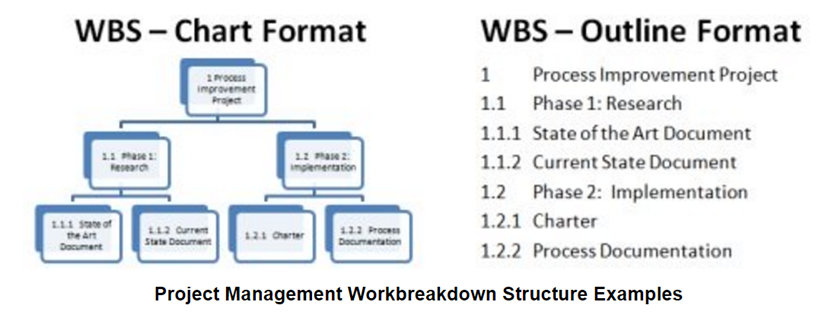
I like it. I have several task organization sheets that I’ve broken down in this fashion. To me, it’s a clean-lined outline, and I like the numerical depiction of the task breakdown.
Now here’s how you can ramp your work breakdowns a bit, and it doesn’t take an advance degree in Excel to do it – Have you ever tried using the “Group” function?
Grouping in Excel is basically setting-up an outline in a spreadsheet. You have the ability to create “levels” of data, just like an outline. The beauty of the function is that you can “collapse” or “expand” the levels that you want to view.
This is an excerpt from one of my master WBS’s that I used to use for developing scope and cost estimates. Underneath the “+” tabs on the left-most column, clicking on them opens the next level of detail in the outline.
Here’s a quick video if you’d like to see the function in action:
After Actions
I can’t stress this enough: Being an organized engineer is, in my mind, one of THE MOST critical skills that you can have. An engineer’s life is comprised of a constant barrage of inputs and outputs.
Questions that need answering.
Emails that need a response.
Problems and situations that need to be resolved.
You cannot expect your brain to have enough RAM to manage it all in your head. You need systems to do that for you.
It doesn’t really matter what system(s) you use, where you got them from or how you apply them. What matters is that YOU ARE ORGANIZED.
This website is full of ideas on this very topic – Search them out. Develop them for yourself.
Don’t expect there to be some magic software out there that will do it for you:
It takes work on your part to stay organized.
So your action item for today is simply that: Get a system. Work your system. Stay on top of your game.

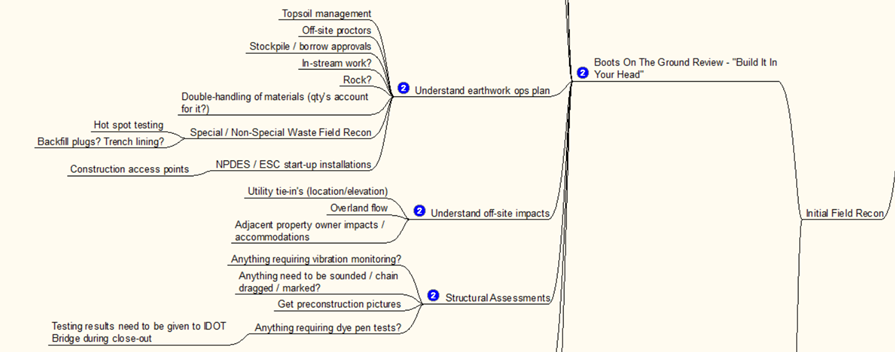
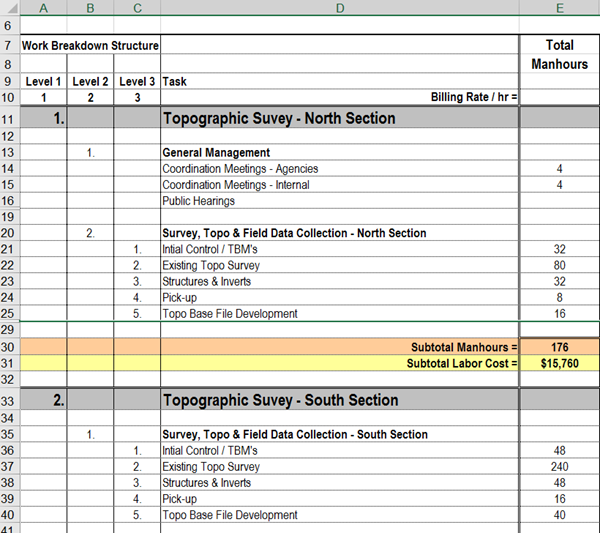

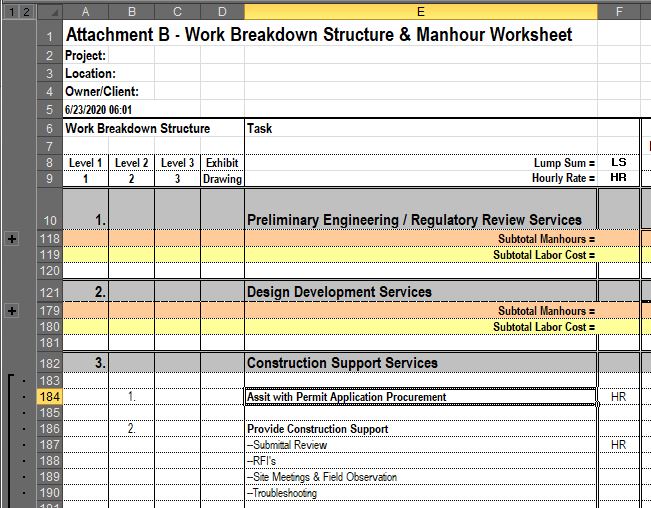



Be the first to comment